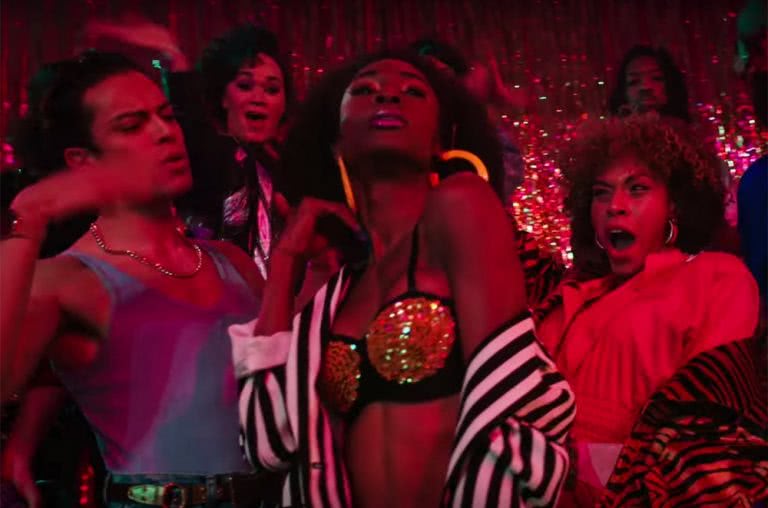According to a new study by media monitoring organisation GLAAD, gay, lesbian, bi, trans and queer television characters have reached record levels of representation. The organisation’s annual “Where We Are on TV” report examines diversity on scripted primetime series regulars on broadcast TV, as well as looking at LGBTQ characters on cable and streaming services for the 2018-2019 season.
The latest report from the organisation shows that of the 857 regular characters expected to appear on primetime broadcast programming this season, 75 of those were identified as LGBTQ – an 8.8% representation overall. There were another 38 recurring LGBTQ characters in addition to series regulars. Across cable and streaming services like Netflix, numbers are similar. Even better is that half of those characters were people of colour, with the report identifying a “marked leap in racial diversity” across LGBTQ characters on streaming originals.
The report also includes mention of two “history-making” television moments on US television. First, the premiere of the FX drama Pose, which features “the largest number of transgender series regular characters on a scripted U.S. series ever”. It also mentioned the forthcoming Supergirl series, which is set to introduce TV’s first transgender superhero with Nicole Maines. In both cases, trans characters are portrayed by trans actors.
Watch the trailer for Pose below
https://www.youtube.com/watch?v=_t4YuPXdLZw
While there is still room for improvement – for instance, many queer and trans characters onscreen are still represented by straight and cisgender actors – it’s promising news. In the report, GLAAD has called on the industry to ensure that within the next two years, the percentage is at 10% – calling it “an important next step towards ensuring that our entertainment reflects the world in which it is created.”
In Australia, where queer representation can be seen on programs like Josh Thomas’ Please Like Me and recently, sketch comedy series Black Comedy, the most recent study on LGBTQ representation onscreen was Screen Australia’s Seeing Ourseslves report in 2016. It found that only 5% of characters on Australian TV programs who identified across the LGBTQ+ spectrum.
Read GLAAD’s full report here.


































